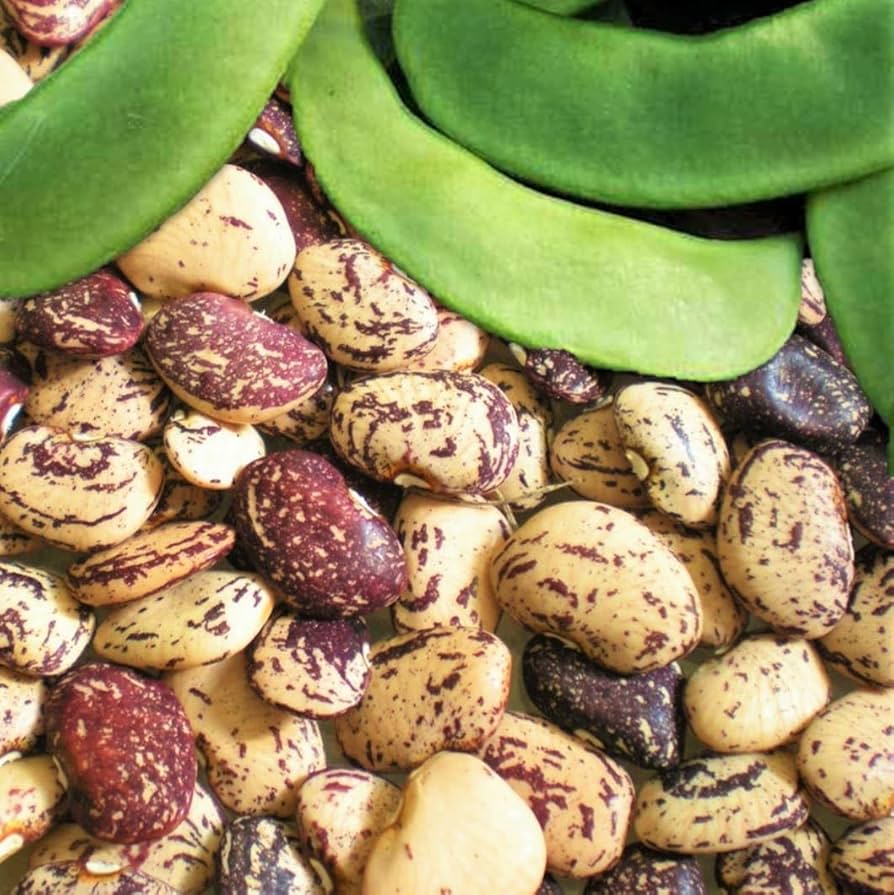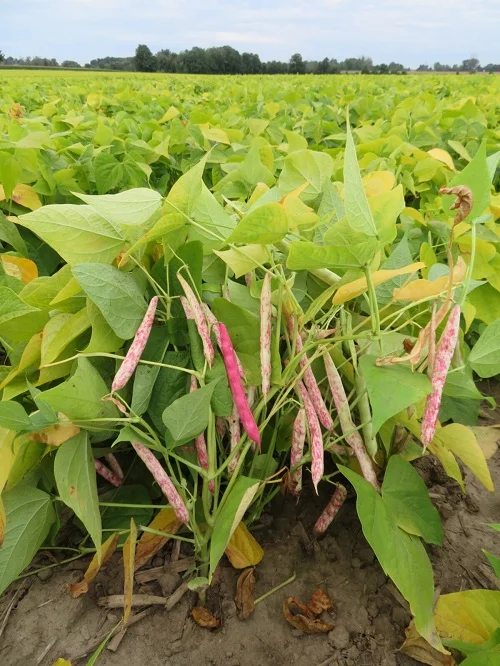Lima Bean Gardening Seeds, also called as pinto beans are a popular variety of common beans known for their mottled beige and brown appearance. Although they are more commonly grown in the Americas, pinto beans can also be successfully cultivated in India with the right conditions and methods. Here’s a guide to growing pinto beans in India:
Growing Conditions
Climate: Pinto beans thrive in warm, temperate climates. They require a growing season with temperatures between 20°C and 30°C (68°F to 86°F). They are sensitive to frost, so it’s important to plant them after the last frost date and harvest before the first frost of the season.
Soil: Pinto beans prefer well-drained, sandy loam or loamy soil with a pH range of 6.0 to 7.0. The soil should be rich in organic matter to provide the necessary nutrients.
Sunlight: These beans need full sunlight to grow well, requiring at least 6-8 hours of direct sunlight per day.
Watering: Regular watering is crucial, especially during flowering and pod development. However, the soil should not be waterlogged as this can lead to root rot.
Planting Method Seed Preparation: Select high-quality seeds from a reliable source. In warmer regions of India, pinto beans can be sown directly into the garden soil.
Planting Time: The best time to plant pinto beans in India is during the early summer months (April to June) or after the monsoon season (September to October), depending on the local climate.
Planting Depth: Sow the seeds about 1 to 1.5 inches deep in the soil.
Spacing: Space the seeds about 3-4 inches apart within rows and space rows 18-24 inches apart to allow adequate room for growth and air circulation.
Growing and Maintenance
Support: Lima Bean Gardening Seedsare climbing beans and generally require support structures like trellises.
Fertilization:Lima Bean Gardening Seedsfix nitrogen in the soil, reducing the need for nitrogen fertilizers. However, incorporating compost or a balanced fertilizer at planting time can improve growth.
Weeding: Keep the area around the plants free from weeds, especially during the early stages of growth. Mulching can help suppress weeds and retain soil moisture.
Pest and Disease Management: Monitor for common pests such as aphids, bean beetles, and cutworms. Use organic pest control methods or insecticidal soap if necessary. Ensure proper spacing and avoid overhead watering to prevent fungal diseases.
Harvesting Harvest Time: Lima Bean Gardening Seeds are typically ready to harvest about 90 to 120 days after planting. For fresh beans, pick the pods when they are full and firm but before they start to dry out. For dry beans, allow the pods to dry on the plant before harvesting.
Harvesting Method: Use your hands or garden shears to pick the pods. If harvesting dry beans, pull the entire plant once the pods are dry and hang them upside down in a dry, well-ventilated area to complete the drying process.
By following these guidelines, you can successfully grow pinto beans in India, benefiting from their nutritional value and adding variety to your home garden.
| Weight | 20 g |
|---|---|
| Dimensions | 11 × 8.5 × 11 cm |









Reviews
There are no reviews yet.